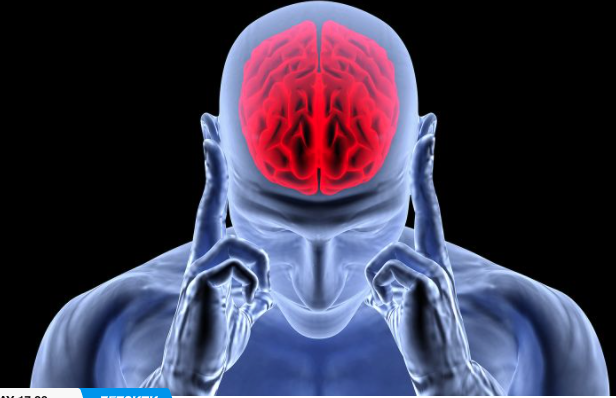Increased intracranial pressure: causes, symptoms, treatment

intracranial pressure is the pressure inside the skull, namely in the sinuses of the dura mater and the ventricles of the brain.
Measure this pressure in mm Hg. Art., and normally it is from 7 to 15 mm. If it is higher, this is a reason to be wary, and if the pressure exceeds 25 mm Hg. Art., it can be dangerous for the brain. If the value is more than 35 mm Hg. Art. severe and irreversible changes in the brain are possible – such situations are considered critical.
Intracranial hypertension. Causes
Intracranial hypertension is an increase in intracranial pressure.
Doctors make such a diagnosis of pressure very often, but, as a rule, in bad faith. In fact, this disease is extremely rare: according to statistics, one case per hundred thousand people.
Intracranial pressure can be increased due to traumatic brain injury, brain tumor, intracranial bleeding, stroke, or long-term use of hormonal contraceptives, corticosteroids, or antibiotics. Most often, children and women of childbearing age are susceptible to the disease.
Symptoms of increased intracranial pressure in adults
If adults have increased intracranial pressure, then the symptoms may be as follows:
- Throbbing headache, worse towards night
- Nausea and vomiting
- Tinnitus and hearing impairment
- Visual impairment, reactions, and double vision
- Decreased blood pressure, light-headedness, fainting
- Weakness, fatigue, decreased performance
Symptoms of increased intracranial pressure in children
Intracranial pressure in children is manifested by the following symptoms:
- Paroxysmal headaches
- Nausea and vomiting in a fountain, bringing relief
- Constant loud scream
- Violent regurgitation in the morning
- Visual impairment with the formation of strabismus
- Sleep and appetite disorders
The presence of one of the listed symptoms does not indicate increased intracranial pressure. However, this is a reason for a more detailed examination. It is necessary to evaluate the clinical picture as a whole, and also take into account the results of additional diagnostic methods.
Diagnosis of intracranial hypertension
The following methods are used to examine patients with suspected intracranial hypertension:
- Ophthalmic examination, including an assessment of the condition of the fundus;
- MRI of the brain;
- Neurosonography;
- CSF puncture – if signs of increased intracranial pressure are detected based on the results of MRI.
The most reliable method in the presence of complaints is an examination by an ophthalmologist of the fundus, but the methods of neurosonography cannot determine the pressure in any way, but they can indicate the reason for its increase – by detecting a volumetric process, hemorrhage and other pathologies.
Important! Parents should remember that if a child has intracranial hypertension, this is an urgent and life-threatening condition. It only requires inpatient treatment. There is no “light” or “slightly increased” cranial pressure. It is either increased and the child should be treated or not increased (which happens in 90% of cases of such diagnoses).